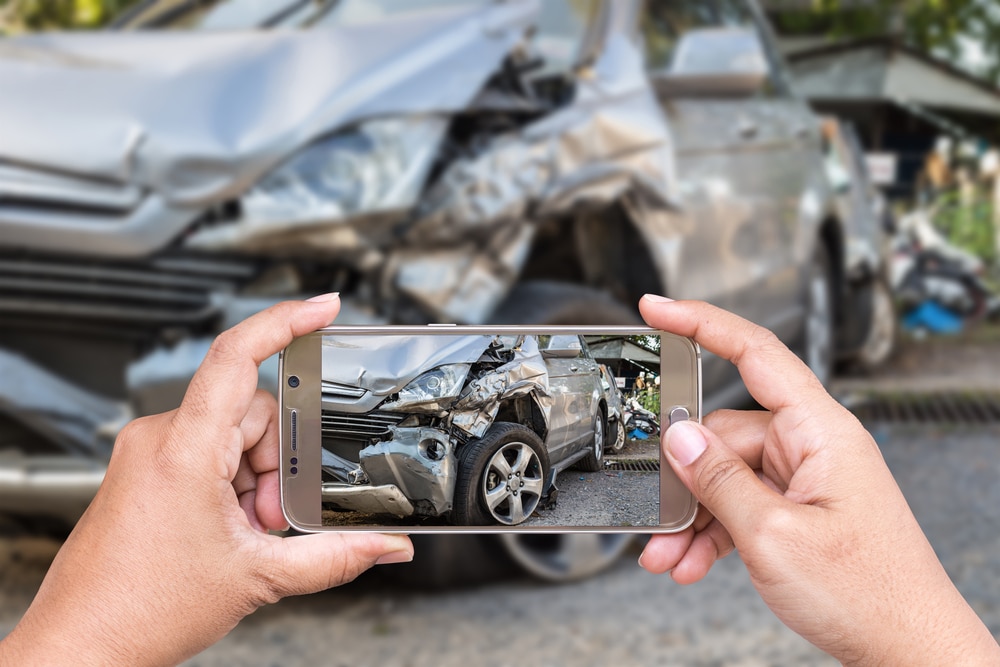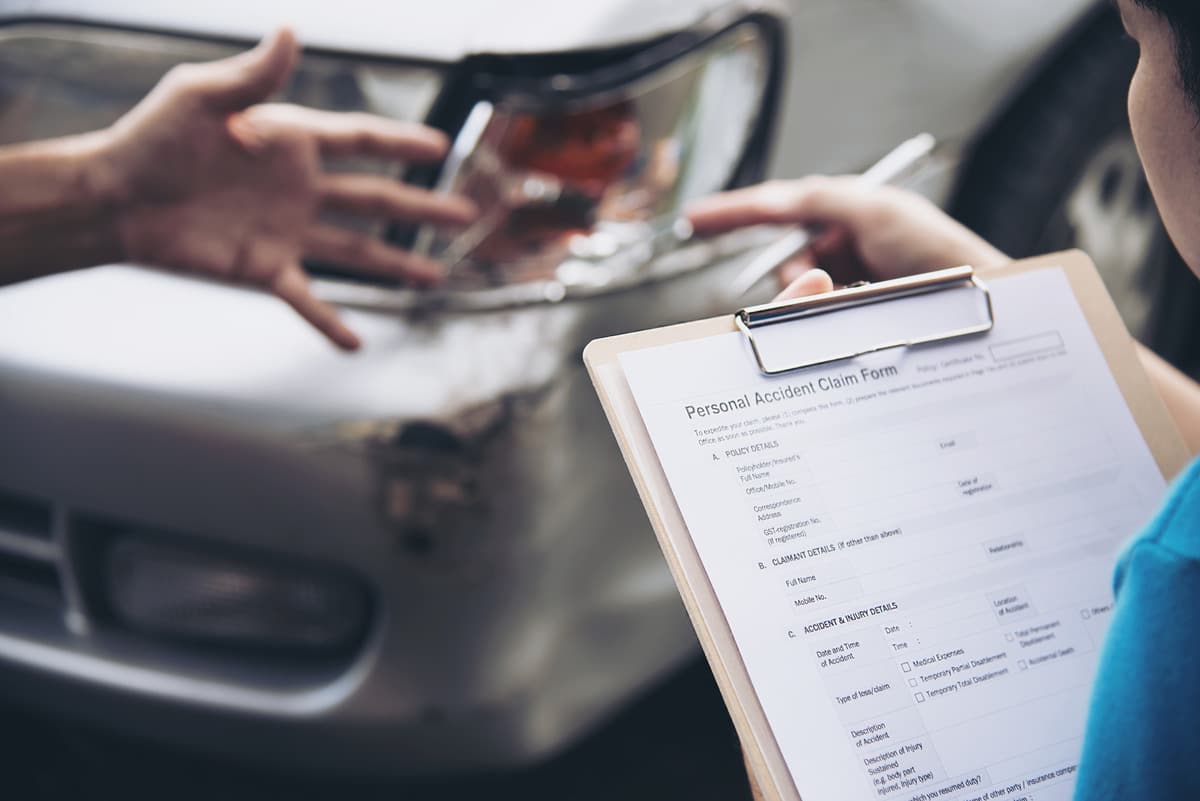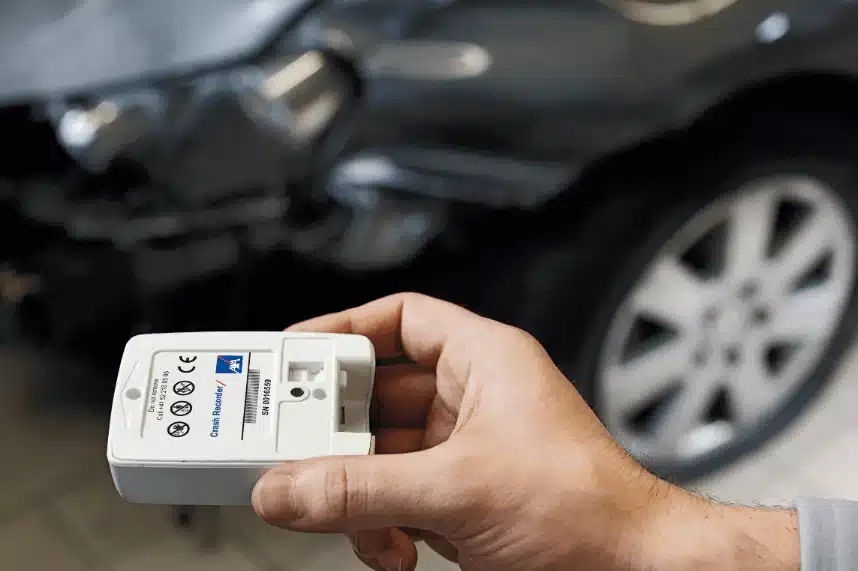The Importance of Accident Reconstruction in Car Accident Cases
Table of Contents:
- Introduction
- What Is Accident Reconstruction?
- The Key Elements of Accident Reconstruction
- Why Accident Reconstruction Matters in Car Accident Cases
- Standard Methods Used in Accident Reconstruction
- Selecting the Right Accident Reconstruction Expert
- Real-Life Examples of Accident Reconstruction
- Challenges and Limitations of Accident Reconstruction
- Conclusion and Strong Call to Action
1. Introduction
Car accidents can happen in the blink of an eye, leaving behind confusion, property damage, injuries, and sometimes devastating consequences. In many cases, determining who is at fault can be challenging particularly when multiple drivers, vehicles, or contributing factors are involved. This is where accident reconstruction comes into play, forming a vital part of the investigative process to unravel the story behind a crash.
Accident reconstruction car accident cases demand a meticulous approach. By re-creating the events that led to a collision, accident reconstructionists can help insurance companies, attorneys, and courts gain a clearer perspective on how and why a crash occurred. This process involves gathering evidence, analyzing data, and applying scientific principles to piece together every stage of the incident.
In this blog post, we’ll explore the concept of accident reconstruction in-depth, examining its role in car accident claims, the methods used, and the importance of selecting the right expert. We will also address five frequently asked questions to shed more light on this critical topic. By the end, you’ll see how accident reconstruction can be a game-changer in proving liability and seeking fair compensation. If you or someone you love is involved in a car accident, the proper knowledge and help can make all the difference.
2. What Is Accident Reconstruction?
Accident reconstruction is a scientific method used to investigate, analyze, and draw conclusions about the causes and events leading up to a car accident. It integrates concepts from physics, mathematics, engineering, and technology to recreate the accident scene as precisely as possible. The end goal is to determine how the crash happened, who (or what) is primarily at fault, and how various factors like speed, road conditions, and driver behavior interplayed to cause the collision.
In simple terms, accident reconstruction and accident investigations aim to present a reliable crash narrative that can be used as evidence in personal injury claims, insurance disputes, or even criminal cases. By building a clear picture of the crash dynamics, accident reconstruction can help answer questions that might be nearly impossible to resolve.
3. The Key Elements of Accident Reconstruction

- Evidence Collection: The first step is gathering physical and digital evidence. This might involve examining the crash site for skid marks, vehicle damage, and debris. Photographs, surveillance footage, and vehicle “black box” data can also be crucial.
- Witness Statements: Eyewitness accounts, when consistent and corroborated by evidence, can help fill gaps in the reconstruction. Accident reconstructionists often interview involved parties and bystanders or study existing witness statements.
- Vehicle Examination: Studying the damage to the vehicles involved can reveal clues about the point of impact, the force of the collision, and even occupant movements inside the cars.
- Environmental Factors: Road conditions, weather, visibility, traffic signals, and signage all affect how accidents unfold. Accounting for these variables ensures the reconstruction is realistic and comprehensive.
- Speed and Trajectory Analysis: Using physics and mathematical models, accident reconstructionists calculate each vehicle’s speed at various points and analyze how it moved immediately before and during the collision.
- Computer Simulations: Modern technology offers specialized software to simulate car accidents in three-dimensional space. These visual models provide a powerful way to demonstrate the crash sequence to juries, judges, or insurance adjusters.
4. Why Accident Reconstruction Matters in Car Accident Cases
4.1 Establishing Liability
4.2 Strengthening Your Claim

4.3 Facilitating Fair Compensation
4.4 Reducing Fraud or Misrepresentation
4.5 Assisting in Criminal Cases
5. Common Methods Used in Accident Reconstruction
Accident reconstruction techniques continue to evolve, reflecting advancements in technology, engineering, and data science. Here are some standard methods you might encounter:
- Measurement and Surveying: Reconstructionists can accurately measure distances at a crash scene using tools like electronic distance meters or laser scanners. These measurements form the backbone of physics-based calculations.
- Vehicle Damage Profiling: Detailed analysis of the vehicle damage can help determine the nature of the impact, speed at the time of collision, and even occupant positions. This often involves matching crush patterns to mathematical models correlating impact force with vehicle deformation.
- Computer-Aided Simulation: Specialized software such as PC-Crash or HVE (Human, Vehicle, Environment) can produce 2D or 3D simulations of collisions. These models recreate movement, impact, and even possible injuries.

- Event Data Recorder (EDR) Analysis: Many modern vehicles contain event data recorders, which are similar to a “black box” in airplanes. By pulling data from these systems, experts can see the car’s speed, brake usage, and steering input moments before a crash.
- Crush Analysis: By examining the “crush” or structural deformation on vehicles, reconstructionists can gauge the energy absorbed during the collision, which helps calculate the speed at impact.
6. Selecting the Right Accident Reconstruction Expert
- Credentials and Education: Seek out experts with a strong background in mechanical or forensic engineering, physics, or related fields. Look for specialized training or certifications from organizations like the Accreditation Commission for Traffic Accident Reconstruction (ACTAR).
- Experience in Similar Cases: Not all car accidents are the same. Some involve commercial vehicles, motorcyclists, or pedestrians. Others might revolve around complex multi-vehicle collisions. Hire an expert who has a demonstrated record of successfully handling cases similar to yours.
- Use of Technology: Modern reconstruction methods rely heavily on computer simulations and advanced measuring tools. Professionals who stay up-to-date with current software and technology will likely produce more accurate results.
- Communication Skills: Expert testimony must be easily understood by judges, juries, and insurance adjusters, who often lack technical backgrounds. A skilled accident reconstructionist should be able to translate complex scientific concepts into clear, persuasive testimony.
- Professional Network: High-caliber experts often work with or have access to a network of other professionals medical examiners, biomechanical engineers, or specialized investigators who can bolster the case further.
7. Real-Life Examples of Accident Reconstruction
Example 1: Low-Visibility Crash
Imagine a rainy evening when a driver runs a red light, causing a T-bone collision with another vehicle. Neither driver can agree on who had the green light. Through accident reconstruction car accident analysis, an expert retrieves footage from a nearby traffic camera, measures skid marks, and calculates the speeds of each car. Combined with the traffic light cycle data, the reconstruction reveals the red-light runner, settling the dispute and resulting in a precise fault determination.
Example 2: Multi-Vehicle Pileup
It can be difficult to determine the sequence of collisions in a multi-car pileup on a snowy highway and which driver is primarily responsible. Accident reconstructionists use physical evidence (e.g., the final resting positions of vehicles, bumper imprints, and black box data) to build a timeline of each collision. This step-by-step account helps the court and insurance companies assign proportionate liability to each driver.
Example 3: Disputed Intersection Collision
8. Challenges and Limitations of Accident Reconstruction
While accident reconstruction is highly beneficial, it’s not without its challenges:
- Incomplete or Conflicting Evidence: Sometimes vital evidence like reliable witness statements or intact black box data is missing. Reconstructionist must work with whatever is available.
- Human Error: Even experts can make mistakes. Flawed measurements, misapplication of formulas, or reliance on inaccurate data can lead to incorrect conclusions.
- Cost and Time Constraints: Reconstructing a serious accident can be time-consuming and expensive, limiting access for some individuals who cannot afford expert services or extensive legal support.
- Changing Technology: As vehicles become more advanced, new data collection systems, sensors, and automated driving features continuously emerge. Staying updated with these innovations is vital but can also be challenging for professionals who must constantly update their skills and tools.
- Credibility in Court: Expert testimony must stand up to cross-examination. Opposing counsel may undermine the reconstructionist’s methods, data, or conclusions, especially if the expert lacks the necessary credentials or experience.
9. Conclusion and Strong Call to Action
Accident reconstruction is critical for anyone involved in a contested or complex car accident case. From collecting crucial evidence to leveraging advanced technology, skilled accident reconstructionists help attorneys, judges, and insurance adjusters see the bigger picture of what happened during a collision. This scientific approach can distinguish between a settlement that barely covers your medical expenses and one that thoroughly addresses your losses and suffering.
If you or a loved one has been involved in a car accident where the facts of the case are in dispute or if you want to ensure you receive the compensation you deserve enlisting the help of an experienced accident reconstruction expert can be a smart move. Remember: the more precise and scientifically grounded your evidence, the stronger your position will be when it comes time to negotiate or go to trial.
At Roxell Richards Injury Law Firm, we understand how overwhelming a car accident can be, especially when a fault is unclear and medical bills are mounting. Our dedicated legal team has years of experience collaborating with top-tier accident reconstructionists to help clients secure the fair compensation they deserve. We fight aggressively to protect your rights and will guide you every step of the way.
Don’t wait. Contact Roxell Richards Law Firm today for a free consultation, and let us put our expertise and resources to work for you. Our committed attorneys are here to stand by your side, from the initial investigation to the final resolution, ensuring your story is heard and your injuries are acknowledged. Let us help you move forward confidently because you deserve nothing less than justice.
Roxell Richards Injury Law Firm
Houston, TX z7057
Phone: (713) 974-0388
Fax: (713) 974-0003
